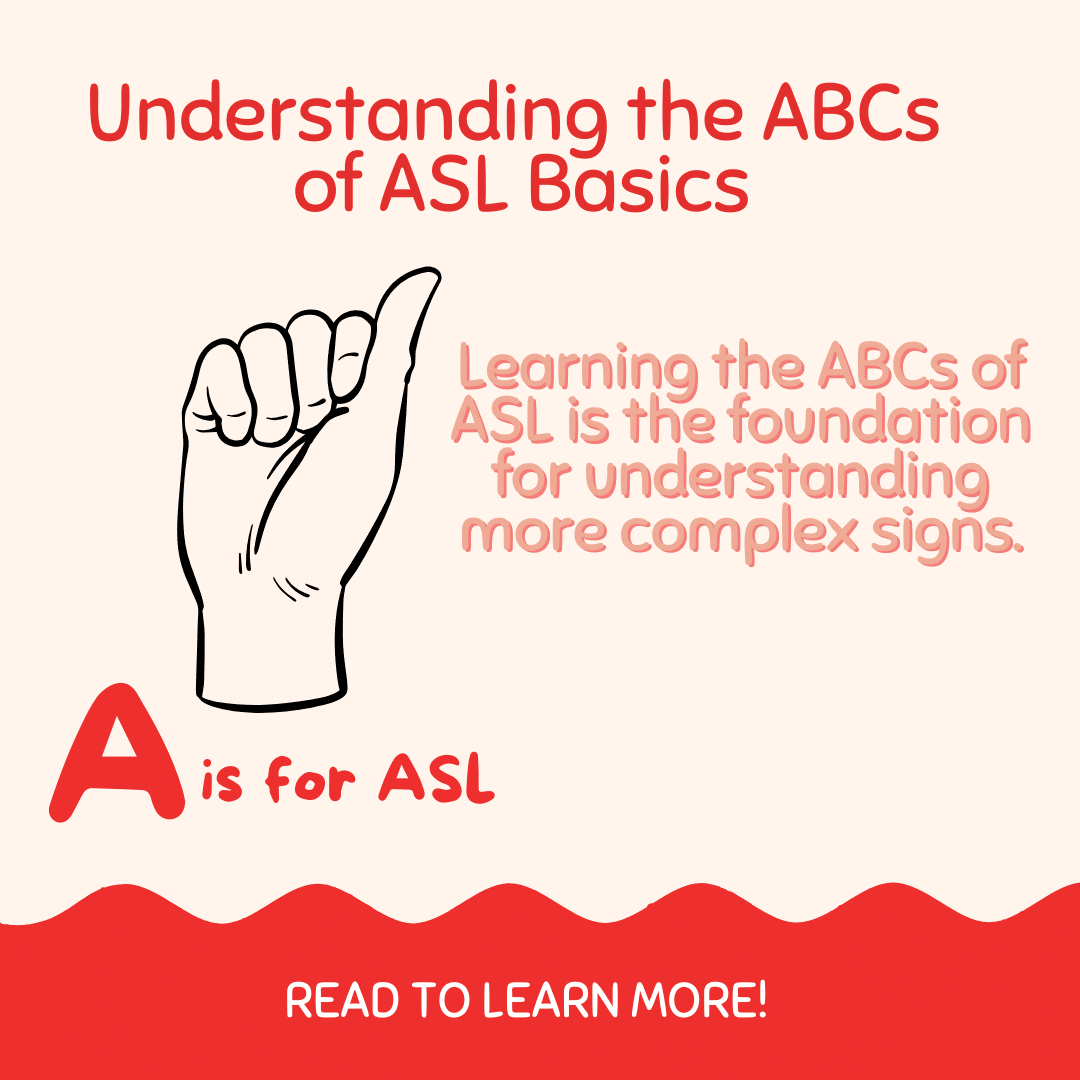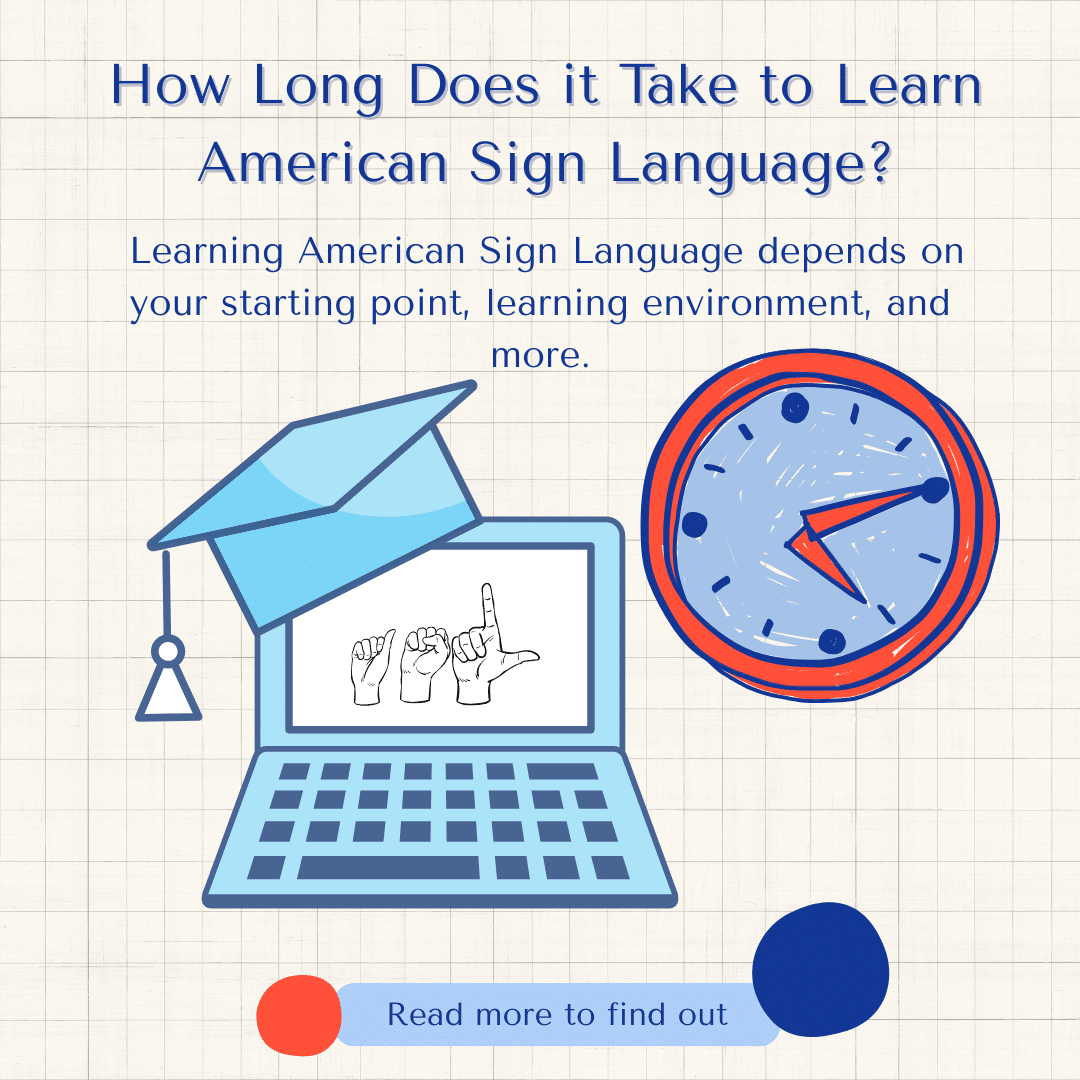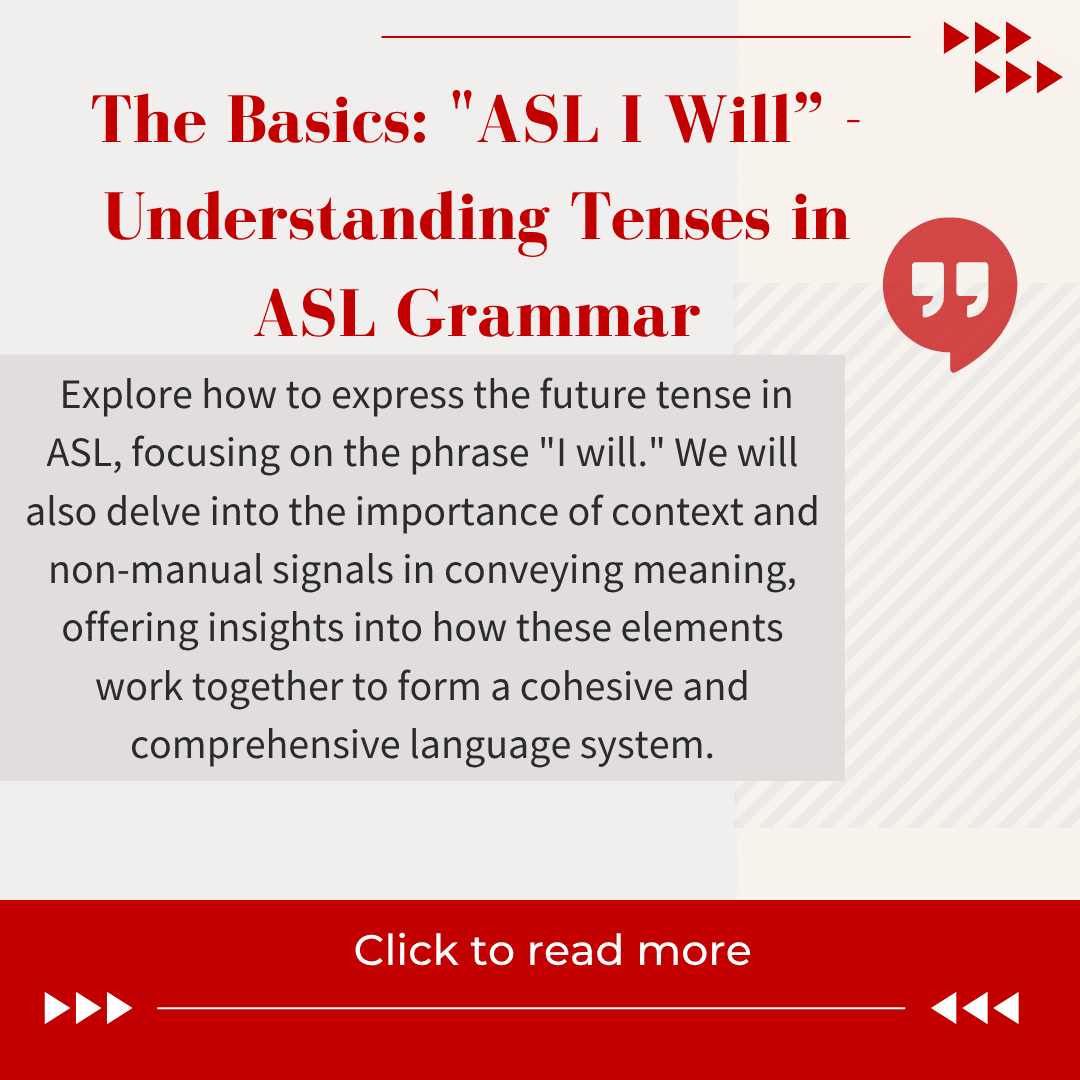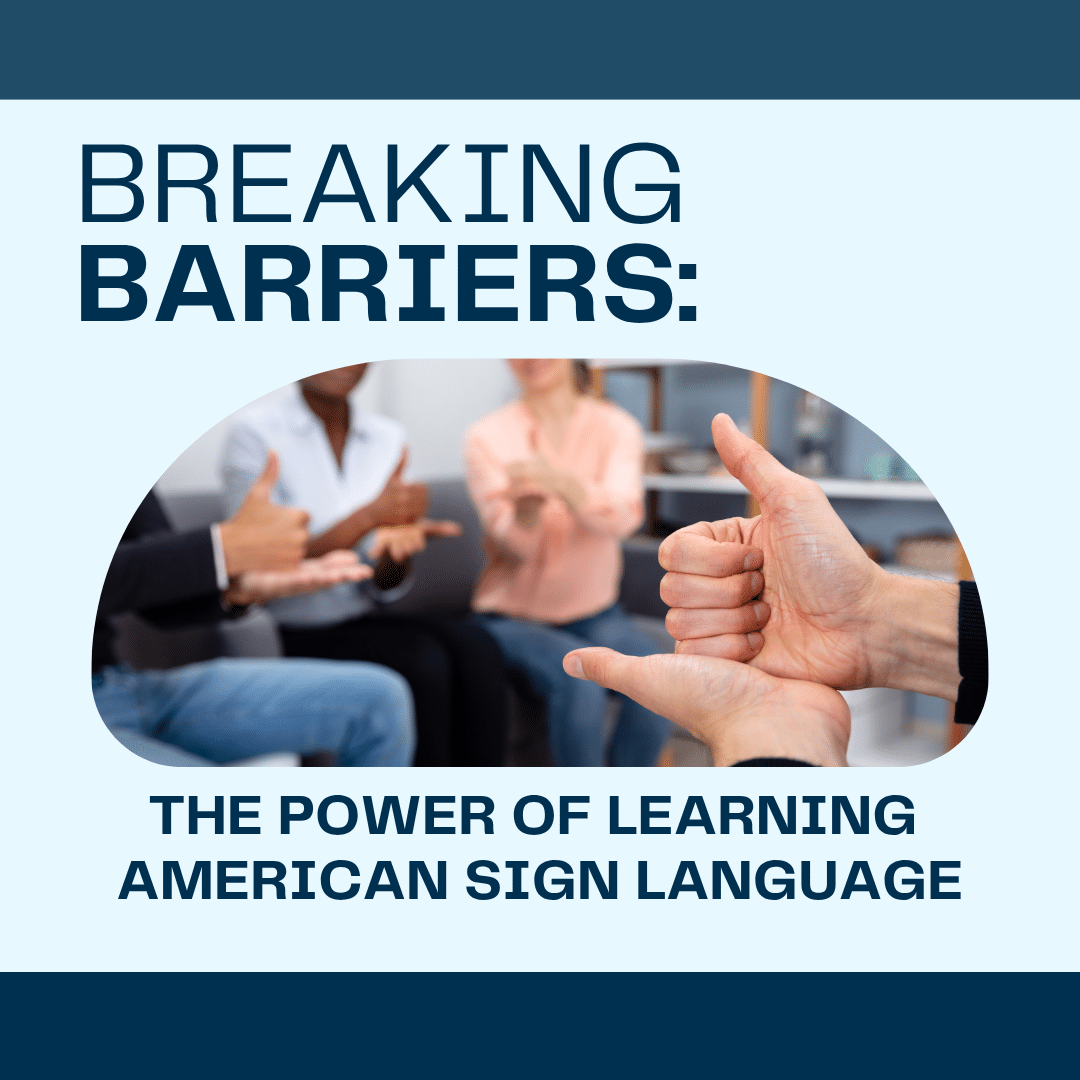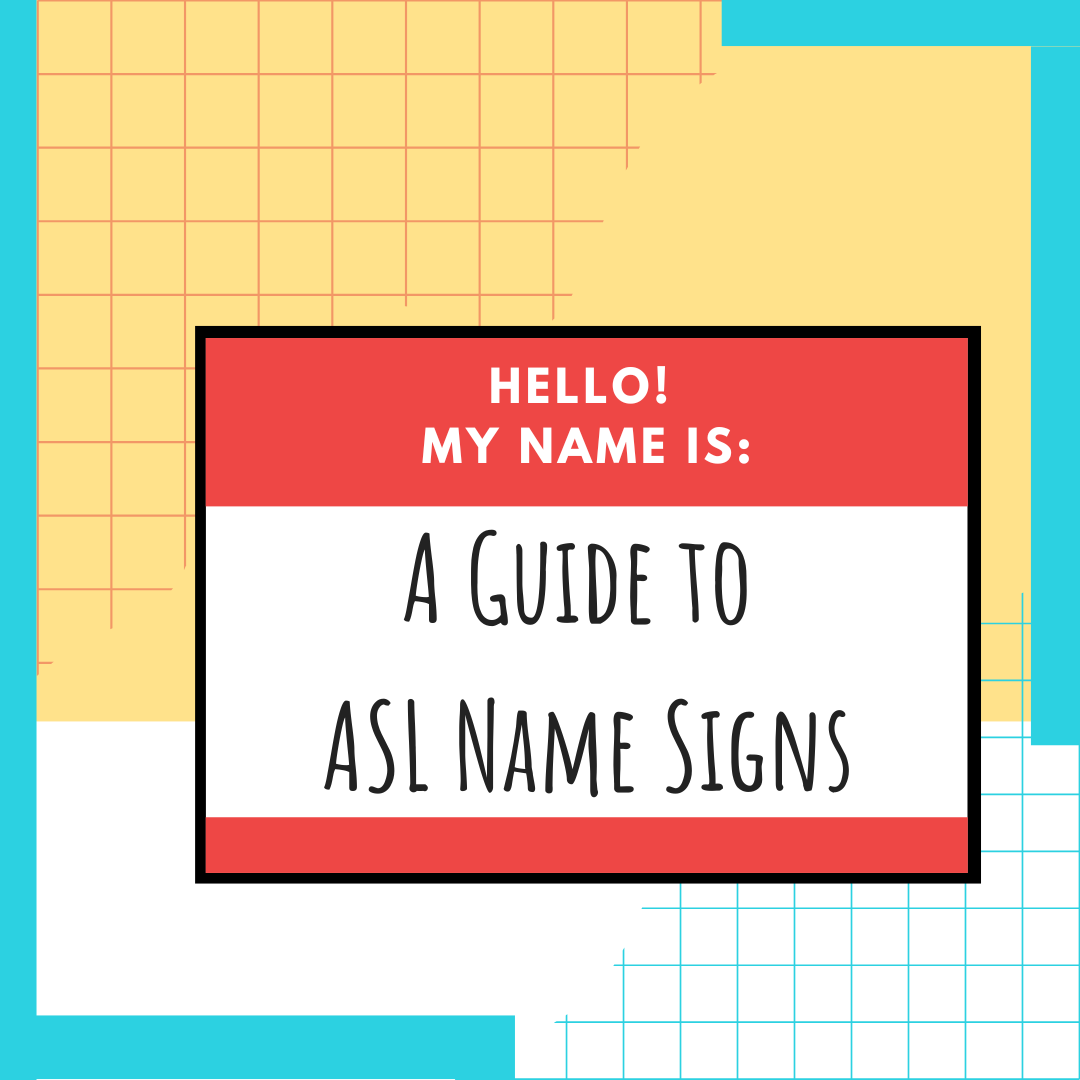
American Sign Language vs Israeli Sign Language
- by Katelyn Cheng
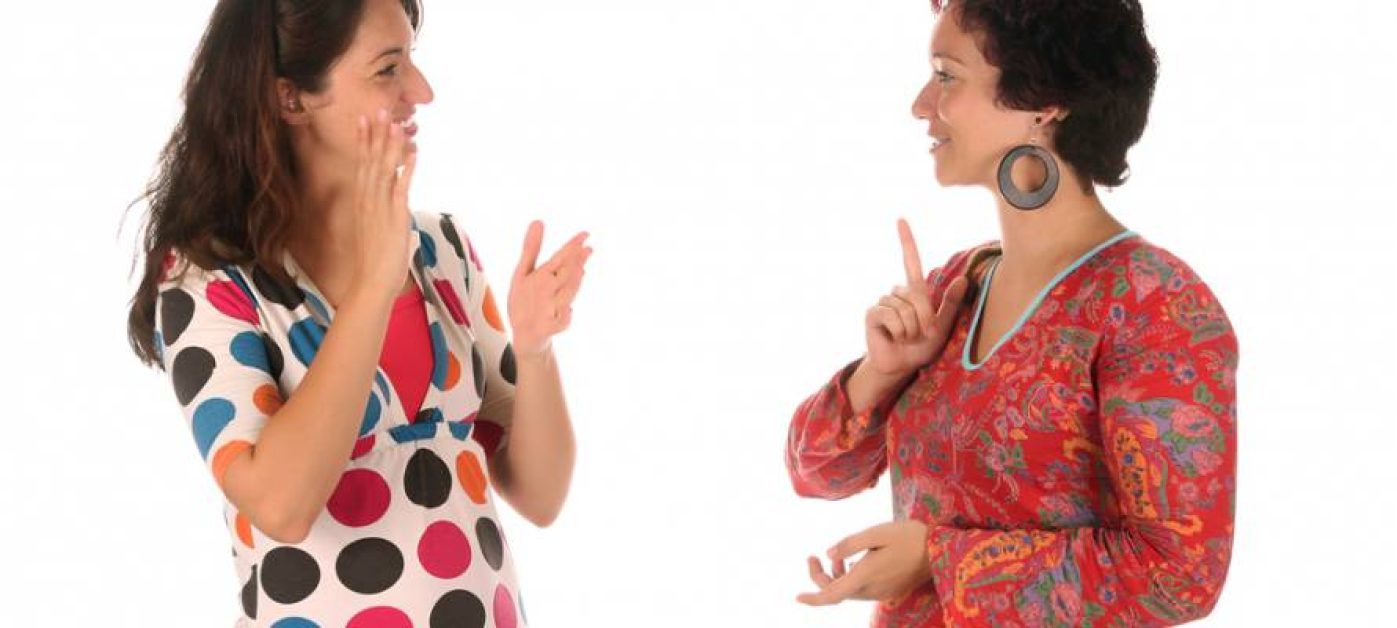
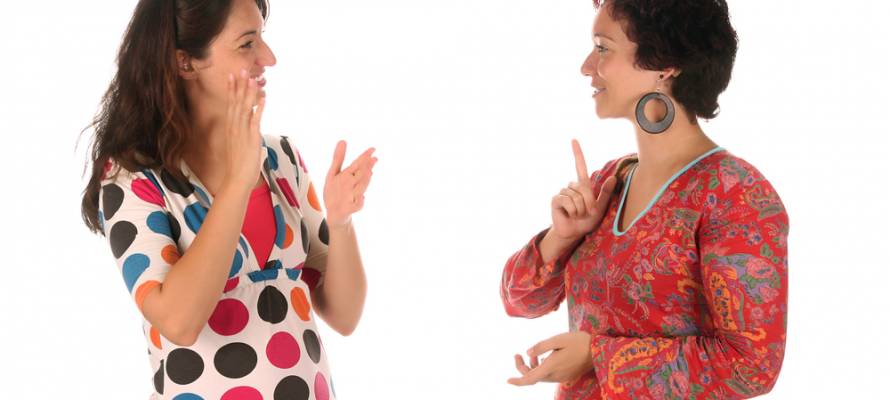
Did you know American Sign Language is not universal? In the article, “Is American Sign Language Universal”, it talked about whether or not American Sign Language is universal, in other words, ASL is used in all countries all over the world. The answer is no. American Sign Language is only unique to the US whereas other countries have their own unique sign languages. In this article, I will be giving you more in depth sense how the culture, language, and history can differ from one another. I will use ASL and compare with Israeli Sign Language of Israel as an example for this article. Of course, there are many more other sign languages, cultures, and histories than the example I will provide below.
The United State is quite large in comparison to Israel. In the US, more than 35,000,000 D/deaf people out of the 331 million total population and in Israel, 18,000 D/deaf people out of the 8,856,752 total population. Even though American Sign Language is a national language that everyone uses across the US, there are different “accents” or “styles” of ASL (“Deaf Culture | Sign Language “Accents” or “Styles”). For instance, people that live on the West Coast will sign differently than people that lives in the East Coast, or even in California, there are regional signs between Northern California and Southern California. If someone who grew up in the West goes to Gallaudet for college, he or she will probably have a bit of a hard time fitting in as the signing in the East coast is much faster and consists of different signs that the person may or may not recognize. In Israel, since the country is so small, new signs spread quicker and everyone in the country immediately knows the new signs. In the US, the spreading of new signs is not as quick and is learned much later from the social media, friends, or Deaf socials. New signs in ASL include the sign name for a new president, governor, virus, etc. For example, there have been new signs created for Joe Biden, Kamal Harris, and COVID since all these events recently occurred.
In ASL, there are vocabulary words that have a sign but not all of them do and they are finger spelled out. Think of it this way, ASL is a condensed version of English, so for high level vocabulary words such as modalities or enunciate will be finger spelled out to give the receiver a better context of the specific word used in the conversation. The word “modalities” or “enunciate” do not have their own sign. Another example when finger spelling is used is when a sign has multiple meanings. For example, the sign for karate can also portray as martial arts or kung-fu. If the person is talking about a Chinese movie he or she saw, the person signs karate, but he or she wants to be more specific can sign karate and finger spell out kung-fu. In ISL, however, there are fewer words that need to be finger spelled; in fact Deaf Israelis do not like to finger spell all the time. Also with ASL, it depends on the person, D/deaf people do not really enunciate while signing, only occasionally. With ISL, Israelis will enunciate while signing as that is their culture norms and way of expressing when communicating. There are signs in ISL that is the same sign but the meaning changes depending on the enunciation, body language, and expression of that sign; whereas in ASL, the words are either finger spelled out for clarity or can be guessed from contact clues of the story.
DIFFERENCES
USA has a lot of Deaf accessibilities and accommodations that support the Deaf community strive to be successful and independent in life. For instance, ASL interpreters will always be readily accessible and ASL interpreting is a profession just like any other job. Whereas in Israel, they only have 60 hours a year per deaf person for any interpreting they need, but once the interpreter use up the 60 hours, they will have to wait for the next year to renew those hours. This is problematic in Israel because there is not enough hours for interpreting in college/university and a lot of people have complained about that. In addition, there are lots of Deaf-owned businesses and part of these businesses provide Deaf services for the Deaf and hard-of-hearing community. These businesses are DCARA, CSD (Communication Service for the Deaf), Purple Communications, and many more. Other Deaf-owned varies from food to art & creativity to fitness to real estate to planner and so forth (“Deaf-Owned Businesses“). In Israel, however, there aren’t many Deaf-owned businesses in comparison to the US. There are only two Deaf-owned restaurants, BlackOut and Cafe Kapish in Tel Aviv and one Deaf museum known as Holon Deaf Museum. There are famous Deaf people in the Deaf community such as Erza, who is a Deaf personal trainer, or there are Deaf photographers. In Israel, Deaf sports are more popular than in the US. They have Deaf basketball and Deaf soccer that joins Deaf regional and international tournaments. Sometimes the highly talented Deaf team will try play professionally. If they win professionally then they will become one of the professional teams. In comparison to the US, there is Deaf football and there are regional tournaments. Also, in Israel, they have an after school Deaf program.
Another difference is that the sentence structure and grammar between ASL and ISL are different. For a sentence, “I am going to the store.” ASL sentence structure is “STORE I GO” whereas in ISL the sentence structure and grammar is the same as spoken Hebrew, “I am going to the store.” Note that not only ASL and ISL are different in their sentence structures, but also ASL’s sentence structure and grammar differs from spoken English. Also, in ISL, the adjective of the word is flipped. For example, “red flower,” instead it would be signed as “flower red.”
There are different modalities of sign languages in America as follows ASL (American Sign Language), PSE (Pidgeon Signed English) , SEE (Signed Exact English), Cue Speech, and Total Communication. You can read more here about these types of modalities. ISL used to have PSE. The signs were signed using the first letter of the word, but overtime ISL evolved and modified and no longer uses PSE. There is only one form of sign language in Israel, which is Israeli Sign Language.
SIMILARITIES
While there are differences, there are similarities such as Deaf, deaf, and hard-of-hearing are also used in Israel. Deaf applies to people who grew up with their first and primary language is Israeli Sign Sign Language, and are heavily immersed in the Deaf community. Small “d” deaf or hard of hearing refers to people who grew up orally, and wears hearing aids or cochlear implants. These grew group of people grew up in the hearing world. You can read more into details here. Other similarities such as cultural norms including being blunt and asking taboo questions are completely appropriate. Similarly to the hearing world in America, hearing people in Israel also follow “beating around the bush” and avoid asking taboo questions as these are seen as rude to others. You can read more about the cultural differences between the Deaf and hearing. Another example of a similarity is that keeping eye contact, tapping, switching the lights, stomping the ground, or waving are common ways to get other D/deaf people’s attentions. In ASL and ISL, people have their different unique styles of signing of how they express themselves as well as there are multiple ways to sign a vocabulary. Deaf socials are very popular. (“Deaf Community Entertainment, What’s it like?“) In Israel, Deaf socials are very popular. Similarly to the USA, there are Deaf Night Out and Deaf theater. However, Deaf theater is not as popular as the ones in the US, but there are some Deaf people have performed in short films.
Start Learning ASL Today!
 Ready to start learning real American Sign Language and not just basic signs? Do you want to be a part of the vibrant Deaf community? Check out our Free ASL 1 Course or our Complete 4-Level ASL Course options and start learning ASL today!
Ready to start learning real American Sign Language and not just basic signs? Do you want to be a part of the vibrant Deaf community? Check out our Free ASL 1 Course or our Complete 4-Level ASL Course options and start learning ASL today!

